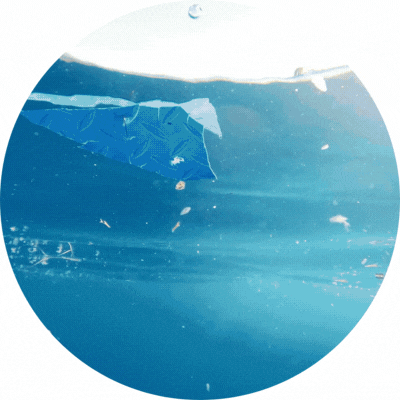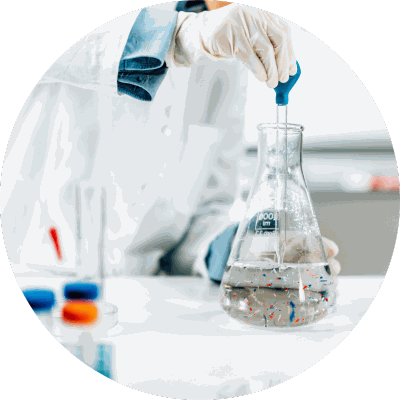Situation of Microplastic Pollution and its research realities in 2023
May 19, 2023 | Environmental Lab
With the increasing concern about microplastics and their impact on the environment, research efforts at the status quo have been centered on how plastic pollutants can damage biological organisms. Efforts to understand such are aimed to improve data on microplastic pollution treatment.
Microplastics–from the word itself, are tiny particles of plastic with a size range of 1 micrometer to five millimeters in diameter. Primary sources of these pollutants come from microbeads used in the cosmetic industry and microfibers in the textile industry. Secondary sources of microplastics, on the other hand, come from larger plastic that undergoes destructive processes via chemical\, thermal and photic exposure, like polymers polyethylene, and polystyrene found in many packaging and plastic bags, which comprise a large proportion of plastic pollution.
Due to the inability of plastic to decompose fast, microplastic pollution poses a risk to human and animal health. Several studies in the past found that microplastics ingested by humans and other organisms can permeate throughout various organs in the body, such as through the lining of the gut, kidney, liver, and into the bloodstream.
Scientists suggest that exposure to microplastics could lead to DNA deformation and oxidative stress which may be detrimental to health, concurring it can lead to potentially serious health problems in the long run.
Current microplastic management includes only removing microplastics or preventing further release of microplastics into the ecosystem and atmosphere. Such limitations led to a boost in research interest to source feasible solutions for mitigating the spread of microplastics and their risk.
For instance, one study from Plymouth Marine Laboratory found that feeding microplastics and algae to specific species of mussels can turn microplastics into feces pellets which allow for easier retrieval of such particles when they float to the water's surface.
Last year, a different study found that the average concentration which records 1.75 MP/L with a variance of 5.17 MP/L between the recorded sites in the Southern Ocean and Antarctica, denoting an abundance of microplastics in seawater. This is in comparison to the data in wastewater recording a lower concentration of 1.66 MP/L, only varying by 3.00 MP/L.
Current efforts in research aim to develop types of machinery that can treat and segregate microplastics from water on a larger scale. Others are geared towards identifying the broader effect of prolonged exposure to microplastics to understand how to control the levels of the pollutant entering the environment.

